Have you ever watched your house cat leap gracefully onto the kitchen counter and wondered where this incredible athleticism comes from? The answer lies deep within their DNA, connecting your fluffy companion to one of nature’s most powerful predators. Your domestic cat shares remarkable similarities with the mighty puma, from explosive jumping abilities to razor-sharp hunting instincts that have been honed over millions of years.
This fascinating connection reveals itself in countless ways throughout your cat’s daily behavior. Whether it’s the way they stalk a toy mouse with laser focus or execute a perfect landing from an impossible height, our feline friends are living proof that size doesn’t diminish their wild heritage. Let’s dive into the extraordinary athletic world that connects your living room lion to the mountain-dwelling puma.
The Incredible Jumping Machine
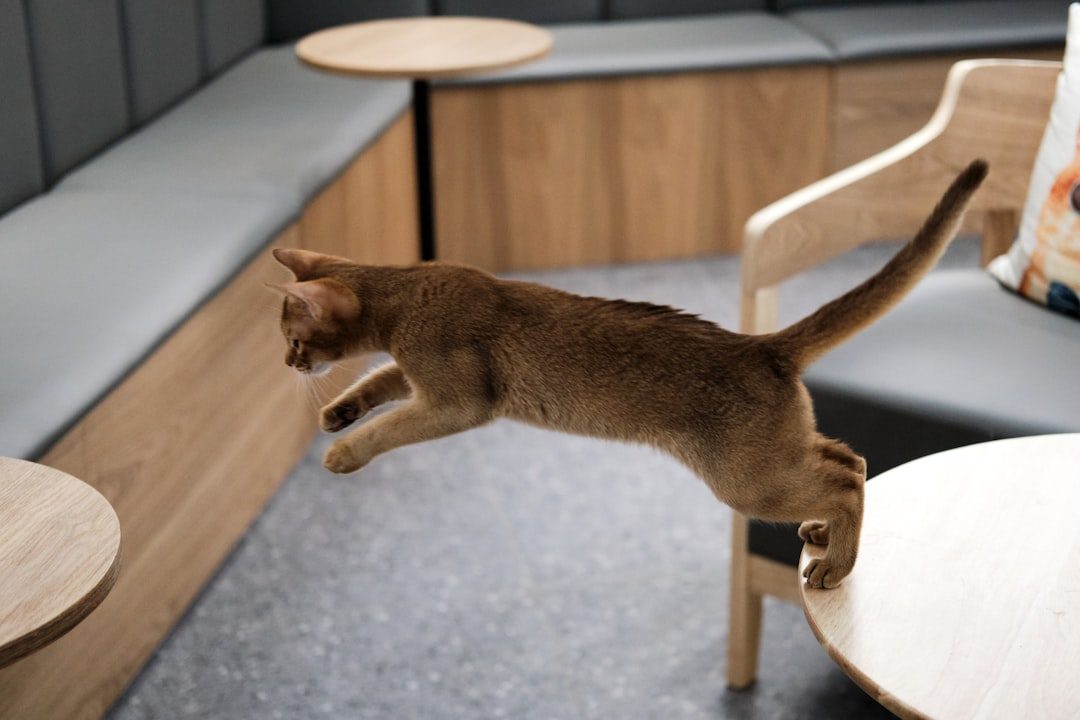
Your average housecat can easily jump between 5 and 6 times their own height, routinely jumping vertically 6-8 feet without a running start, with the average cat able to jump up to six times their height in a single attempt! This means if humans possessed the same proportional abilities, we could leap onto two-story buildings without breaking a sweat.
Pumas are known to jump up to 15 feet vertically into a tree, and up to 40 feet horizontally when sprinting after their prey. While your cat may not reach these extreme heights, a typical domestic cat can hit speeds of about 30 mph without training or even warming up. That explosive power in their compact frame mirrors the same muscular engineering that makes pumas such formidable athletes.
Stealth Mode: The Art of Silent Hunting
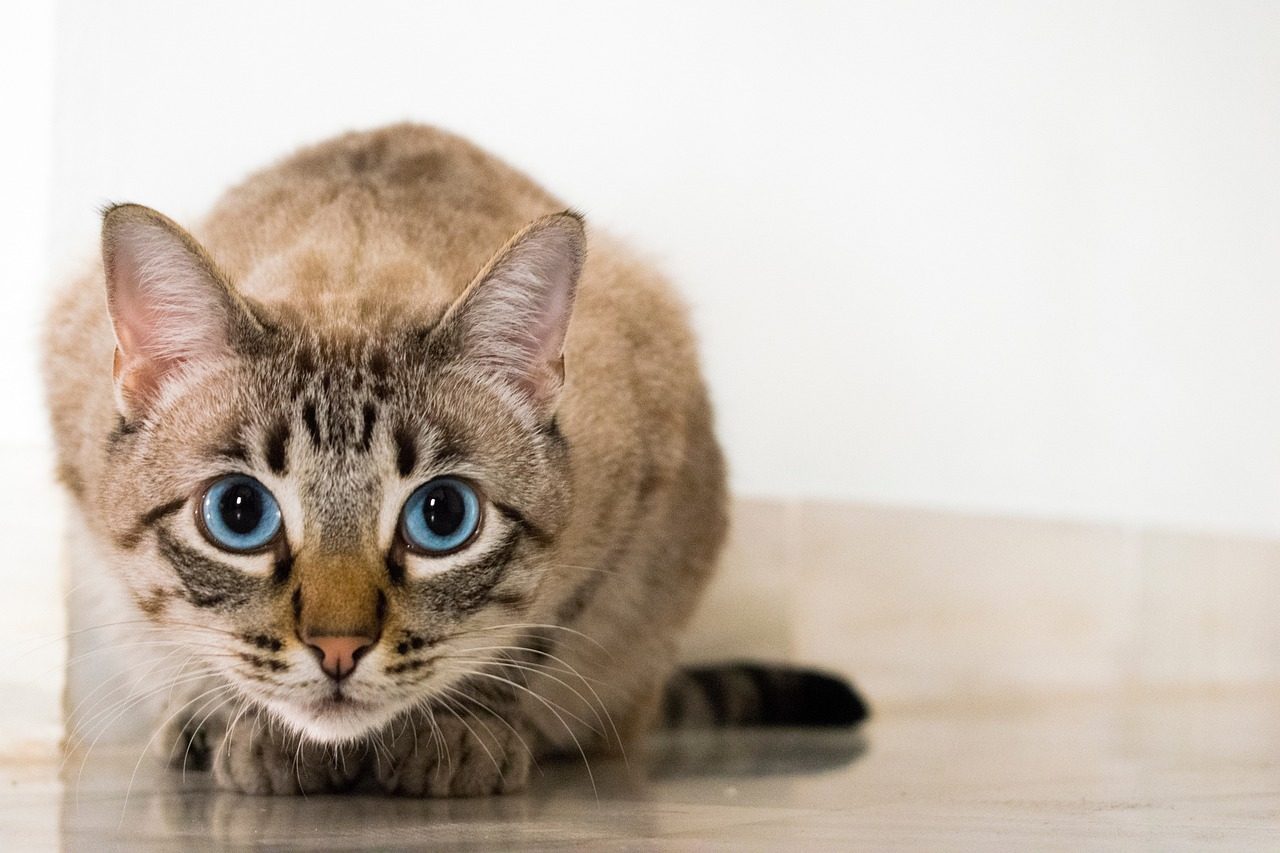
Your pet cat’s hunting technique is very similar to that of a lion, leopard, bobcat, or mountain lion, with many felines using the “stalk and pounce” technique to hunt their prey. Watch your cat approach a toy and you’ll witness the same methodical patience that pumas display when they spend hours silently observing their prey, waiting for the perfect moment to strike.
Pumas are silent hunters even though they may be exceptionally small-sized by taking their prey unawares. Your house cat employs identical stealth tactics, from the low crouch to the careful paw placement that eliminates any sound. This shared hunting DNA explains why even well-fed cats still feel compelled to stalk and pounce.
Muscular Powerhouses in Miniature

A cat’s muscle fibers are three times stronger than those of a human athlete, giving them incredible abilities, such as jumping nine times their own height from a seated position. This extraordinary strength-to-weight ratio is exactly what makes pumas capable of taking down prey much larger than themselves.
The secret to a cat’s jumping ability lies primarily in their rear leg muscles, which are exceptionally strong and long, functioning like compressed springs that release tremendous energy when activated. With over 500 muscles cats engage their entire muscular system when leaping, creating a perfectly coordinated athletic performance every time they jump.
The Flexible Spine: Nature’s Perfect Spring
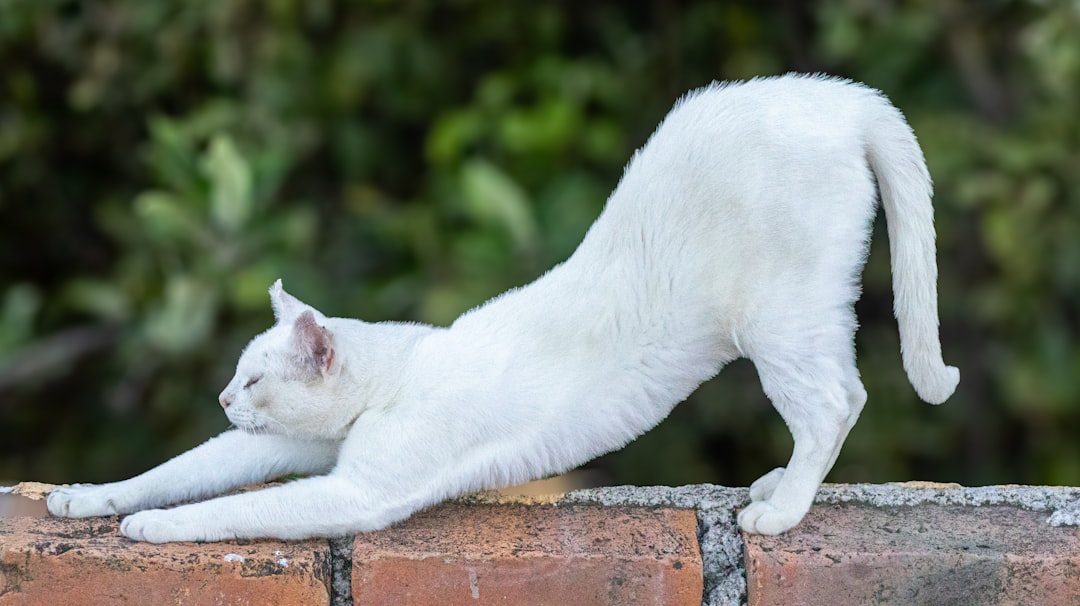
Cats possess a flexible spine that acts as a springboard, providing the necessary propulsion for their jumps. This remarkable spinal flexibility allows both house cats and pumas to compress their bodies like a coiled spring before exploding into motion.
A cat’s spine is incredibly flexible, allowing them to compress their body before a jump and extend during the leap, which combined with their specialized joint structure, enables them to generate maximum power and maintain perfect control throughout their jump. This anatomical marvel explains why your cat can execute those seemingly impossible mid-air twists and always land on their feet.
Precision Landing Systems
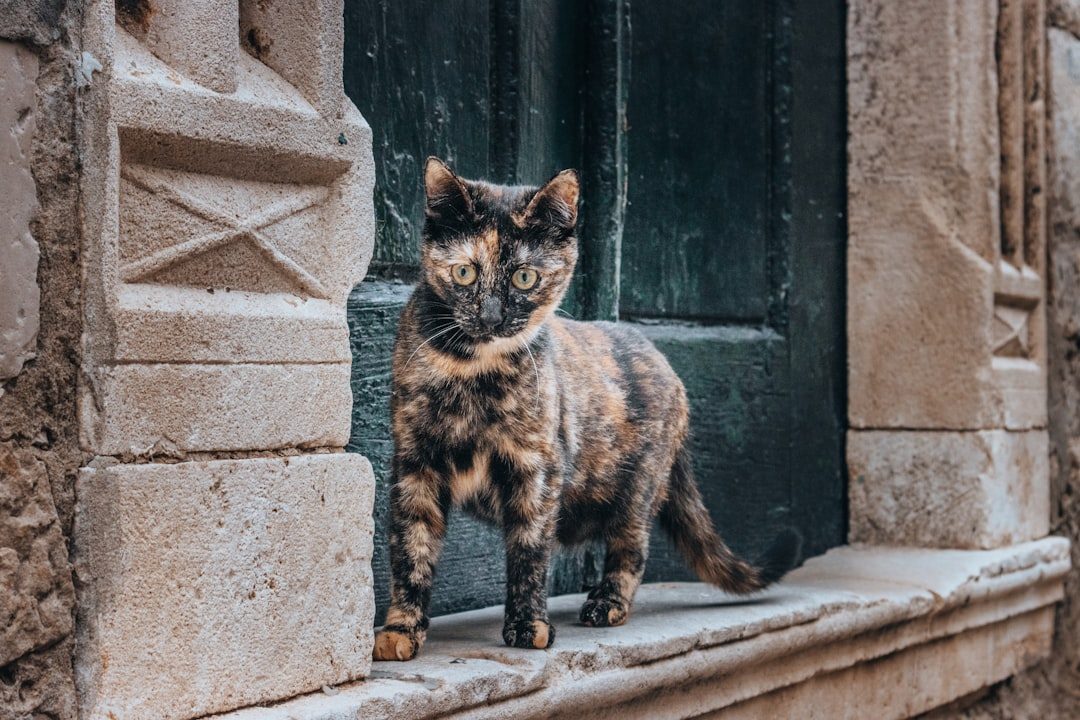
Cats possess a righting reflex to help them land securely on all four feet, distributing their weight evenly. This built-in gyroscopic system works whether your cat is jumping down from a bookshelf or a puma is leaping from a rocky outcrop twenty feet high.
Cats have an innate ability to know where they are in the air, how far they are from the ground, and how to twist in mid-air to make sure they land feet-first. The tarsal (ankle) bones act as shock absorbers, enhancing their ability to absorb the impact of landing, creating a sophisticated landing system that would make any gymnast envious.
Built-in GPS and Motion Sensors

Feline eyesight is pretty wild, with the ability to accurately gauge distances by sight, while cats’ superciliary (above the eye) whiskers, mandibular (muzzle) whiskers, and carpal (wrist) whiskers act like little antennas and built-in measuring tapes, enhancing this precision. These sensory superpowers help explain how your cat can judge the exact distance needed for that perfect leap onto your lap.
Cougars have keen hearing, and their sharp eyesight can detect prey in the darkest conditions. Your house cat inherited these same heightened senses, which is why they seem to have supernatural awareness of their surroundings and can navigate in near-darkness with ease.
The Speed Factor
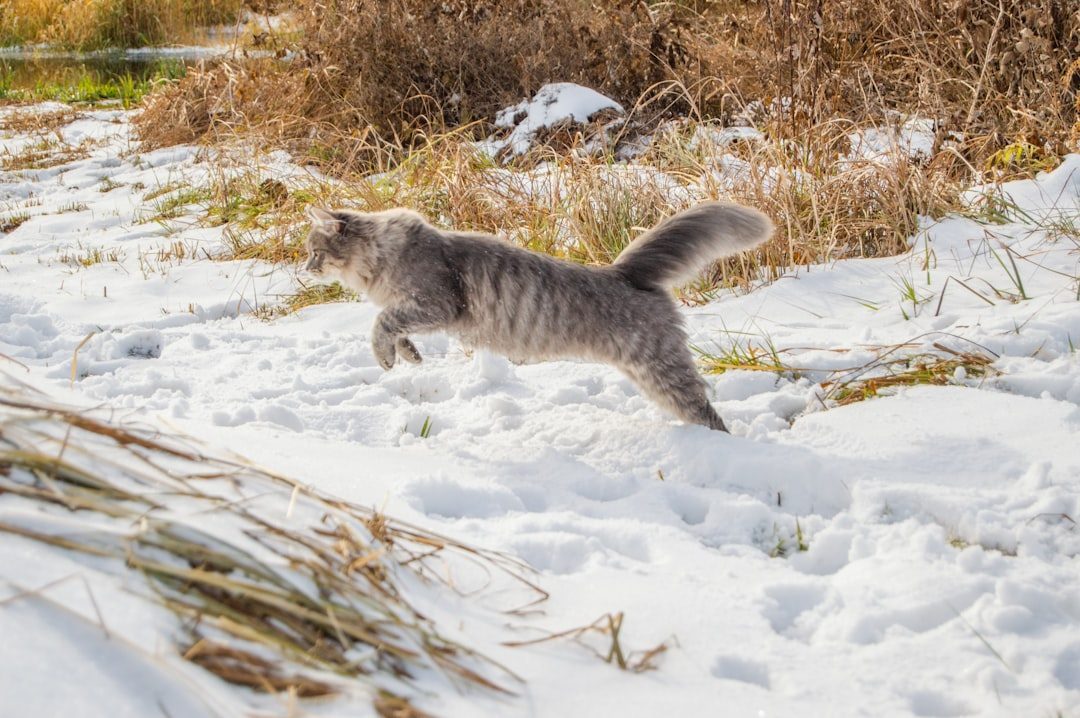
If you’re lining up a human sprinter and an average housecat for the 100-meter dash, the ordinary feline would run circles around them, as the fastest a person can run is about 27 mph, while a typical domestic cat can hit speeds of about 30 mph without training. This puts your pet in the same speed category as their much larger wild cousins.
Pumas can run up to 50 mph and jump as high as 15 feet vertically, demonstrating the upper limits of feline athletic potential. Your cat’s occasional “zoomies” around the house are a direct expression of this genetic need for speed, compressed into a domestic setting but no less impressive in execution.
Territory and Patrol Instincts
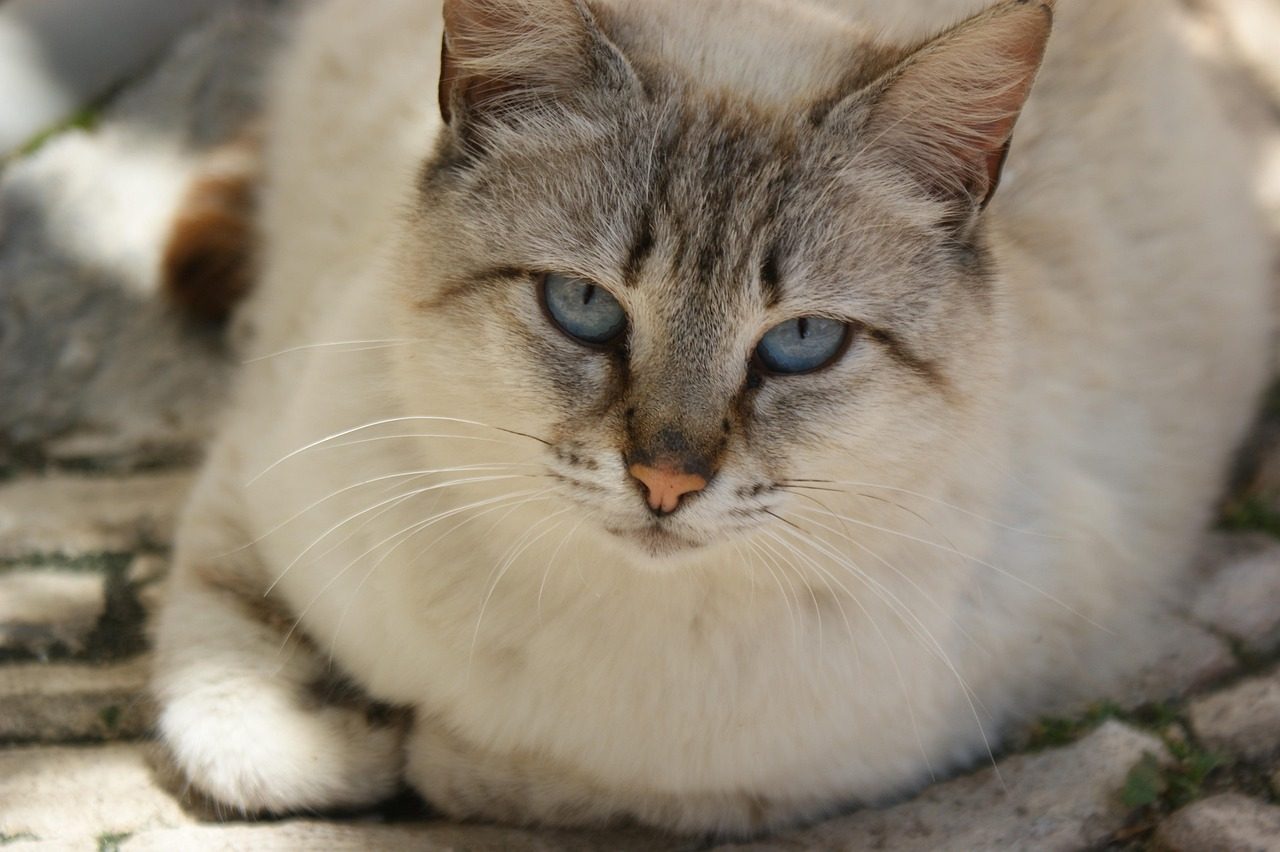
Pumas are fiercely territorial, carving out vast swathes of land as their own personal domains, with territories that can span impressive distances, sometimes covering up to 100 square miles for male pumas. Your house cat displays this same territorial behavior on a smaller scale, patrolling their domain and marking favorite spots.
Pumas are solitary animals that travel large distances in search of food usually 80 square miles in the summer to 40 in the winter. Even indoor cats exhibit this patrol behavior, making regular rounds of their territory to check windows, doorways, and favorite perches, maintaining the same vigilant awareness of their surroundings.
Communication Through Body Language

Pumas express their emotions and intentions through tail movements, ear positions, and facial expressions, among others. Your cat uses identical body language signals, from the aggressive puffed-up tail to the contented slow blink that mirrors the complex communication systems of their wild relatives.
Pumas don’t roar but use whistles, screams, squeaks and purrs to communicate. This is exactly why your house cat purrs, chirps, and makes those distinctive chattering sounds when watching birds through the window. Purring means contentment, as it is often observed in resting pumas, connecting your cat’s happy rumbles to their wild heritage.
The Patience of a True Predator
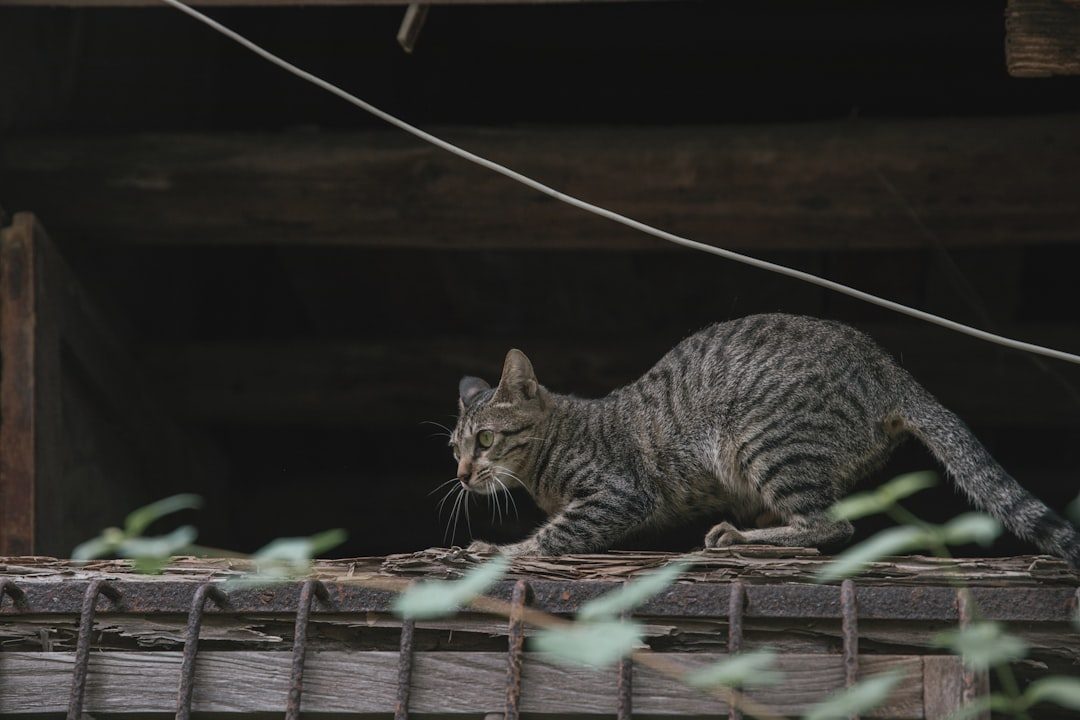
Puma patience is not merely a passive state but an active, focused attention that requires significant mental discipline, as a puma must remain completely still, controlling every muscle and regulating its breathing to avoid detection, all while staying alert and ready to act at a moment’s notice – this level of patience and focus is a testament to the puma’s cognitive abilities.
Your house cat demonstrates this same extraordinary patience when they spend twenty minutes motionless, watching a potential toy or treat. Hunting behavior is hard-wired into your cat’s DNA, as it’s your cat’s wild ancestors that developed their hunting skills over millions of years of stalking and chasing prey, explaining why even pampered indoor cats retain these intense focus abilities.
Conclusion
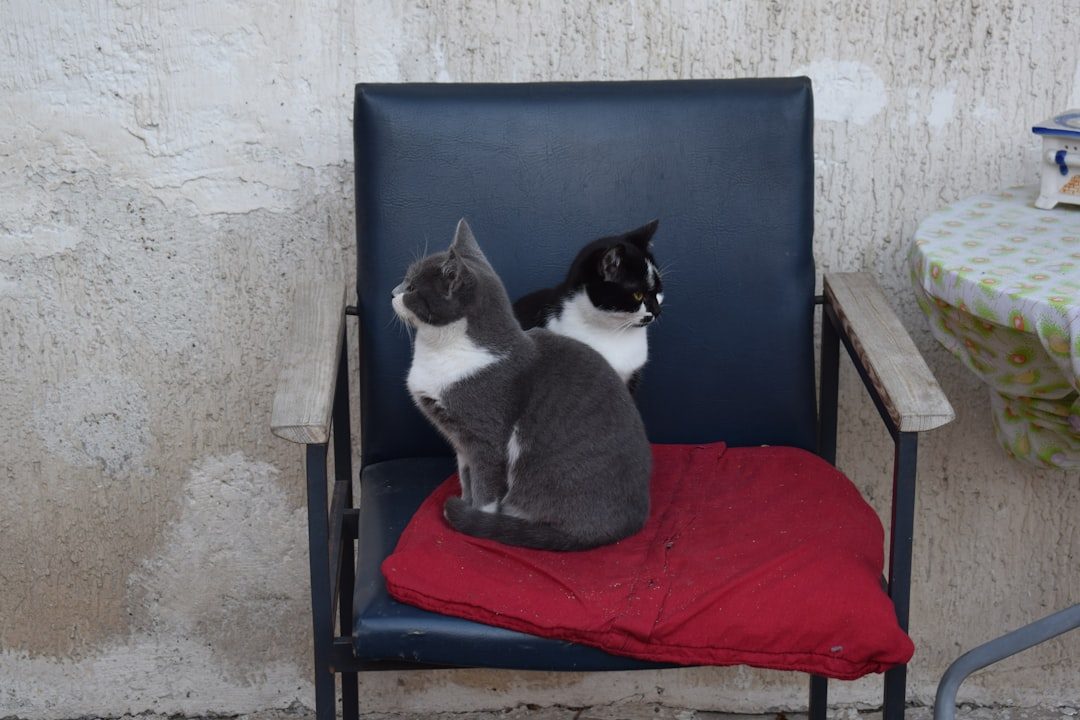
The athletic connection between your house cat and the mighty puma runs deeper than surface similarities. Every leap, every stalk, every perfectly executed landing represents millions of years of evolutionary refinement that created nature’s ultimate athletic predator. Your cat carries the genetic blueprint of one of the most successful hunters on Earth, compressed into a package that fits perfectly on your couch.
Understanding this wild heritage helps us appreciate the remarkable creatures sharing our homes and explains why cats need outlets for their natural athletic abilities. Whether it’s providing tall cat trees for climbing or interactive toys for stalking, recognizing your cat’s puma-like nature enriches both their lives and our understanding of these incredible athletes in miniature.
What do you think about your cat’s wild side now? Tell us in the comments about the most puma-like behavior you’ve witnessed in your feline friend.





